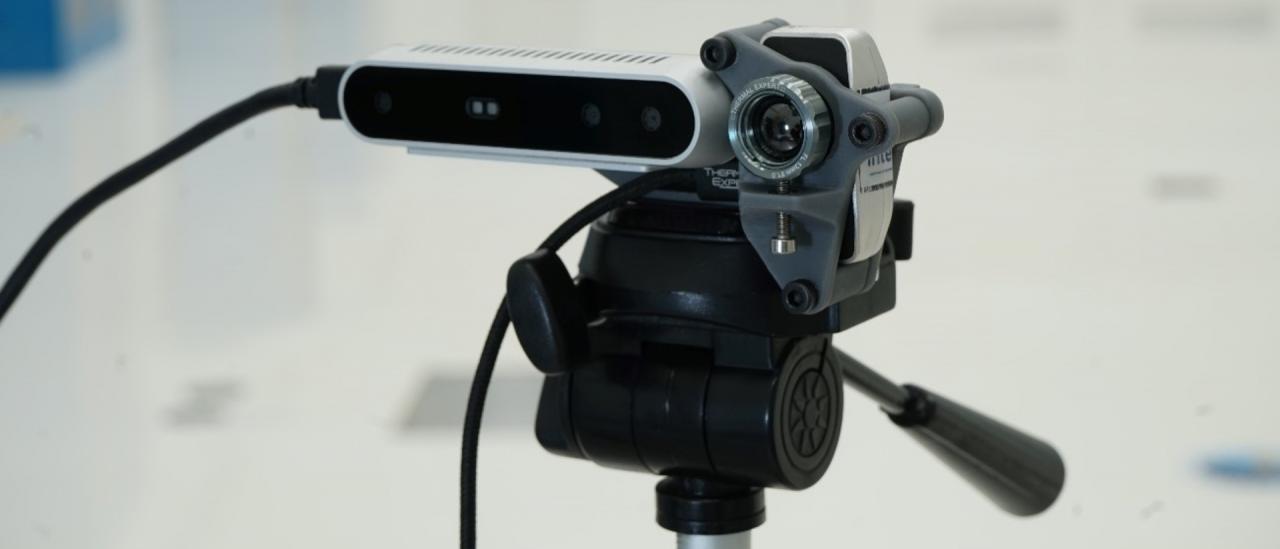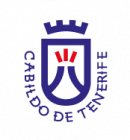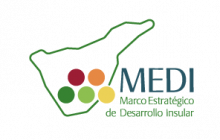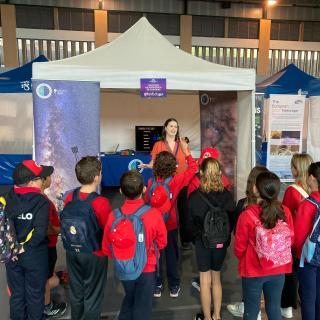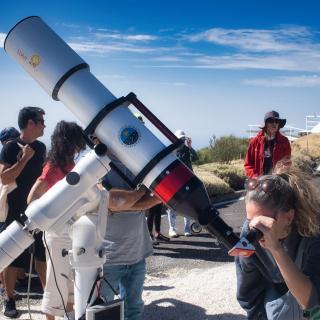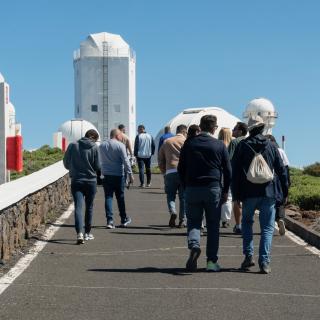Today, November 14th, World Diabetes Day, we celebrate that the prototype PINRELL (Prototype for INfraREd analysis of Lower Limbs) of the Medical Technology Programme (TECMED) of IACTEC, has passed the preliminary proofs of concept and is in the initialization phase for the start of clinical trials. The prototype has been developed in the programme of Medical Technology within IACTEC, the area of technological and business collaboration of the Instituto de Astrofísica de Canarias (IAC), which has economic support (Training Programme) and infrastructure support (the IACTEC building) from the Cabildo Insular of Tenerife.
The mission of the programme of Medical Technology (TECMED) of IACTEC is to transfer technology used in astrophysical research to the field of medicine, and currently it is developing systems which operate in the visible, termal infrared and microwave ranges. Within this line, the team of Medical Technology has carried out the design, the prototype, and the integration of a system called PINRELL - Prototype for INfraREd analysis of Lower Limbs, which uses three low cost sensors for the detection and analysis of the natural thermal radiation from the surface of biological tissue.
The PINRELL system gives multichannel images using two types of low cost cameras to detect natural radiation in the Visible (VIS) and the Near Infrared (NIR) (0,4 μm – 0,9 μm), and the Thermal Infrared (IR) (8 μm - 14 μm). For detection in VIS and NIR, they use the camera Intel RealSense D415. The main characteristic of the system is that it generates 3D in-depth information using two sensors and a emitter NIR, combining this on a sensor in the visible range. Both sensors operate in 1080p (Full HD). In the IR range the camera Thermal Expert Q1 is used, which incorporates a microbolometer with QVGA resolution in the range from 8 µm to 14 µm, and which can attain a thermal sensitivity (NETD) of less than 50 mK. During 2020 the response of the sensors in the cameras of PINRELL, which have been assembled in a support designed and buit in the IACTEC laboratories, using a 3D printer. This technique gives a robust supporting structure which will facilitate the transfer of this technology to developing countries.
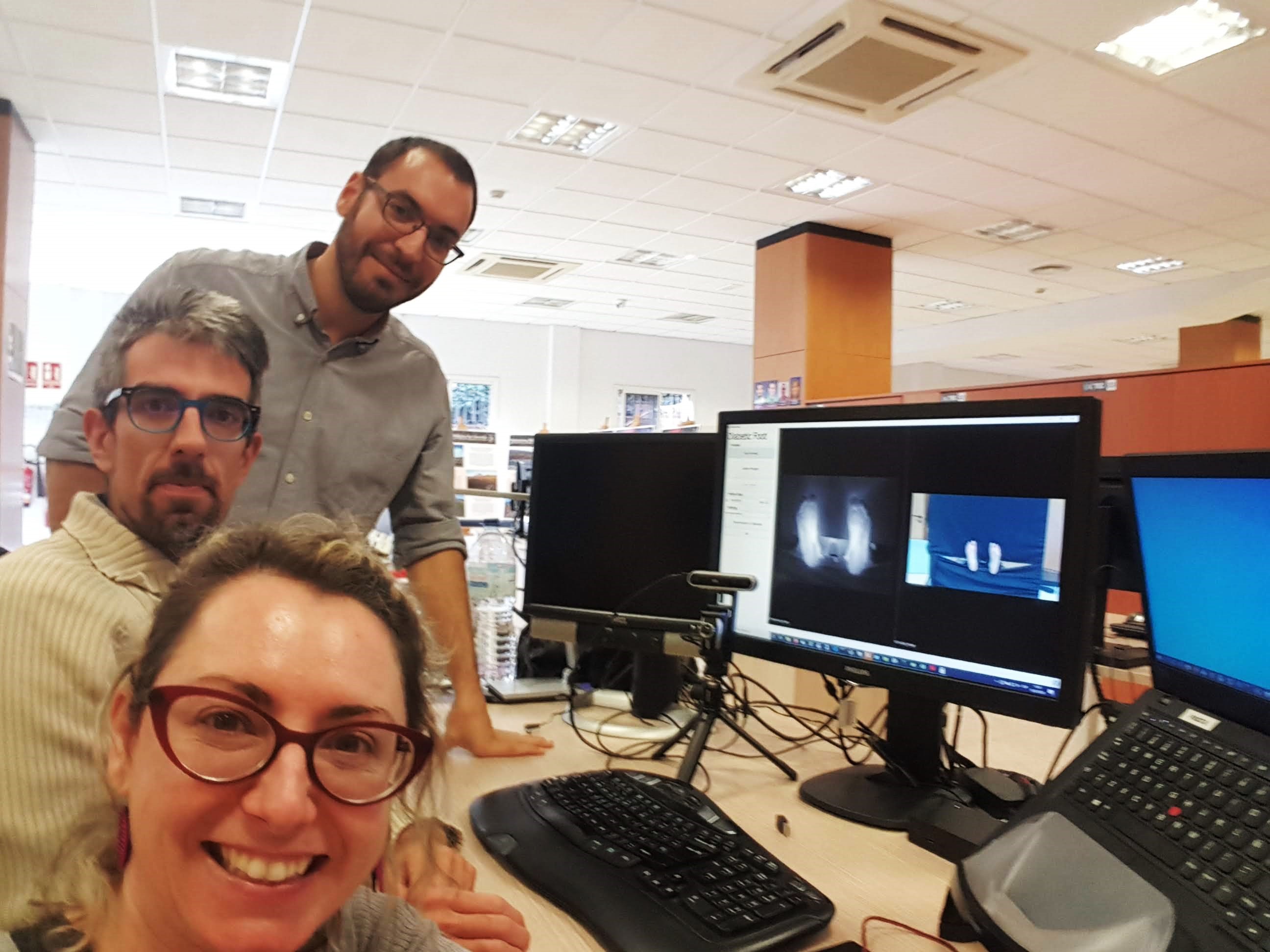
One of the keys to PINRELL is the application desk-top software, designed and developed within the TECMED programme, which permits data acquisition and image recording, as well as the analysis and processing of the information obtained by the sensors applying diverse data analysis techniques to segment zones of interest which will be used to develop classical statistical algorithms, as well as Machine/Deep Learning.
“The application desk-top software of the PINRELL system operates both in Linux and Windows. It is based on free software libraries such as 3D Slicer and PLUS, and using a set of software architecture which is standard in industry, which makes this system transferable to industry with minimum effort”, explains Carlos Luque, software engineer of IACTEC-Medical Technology.
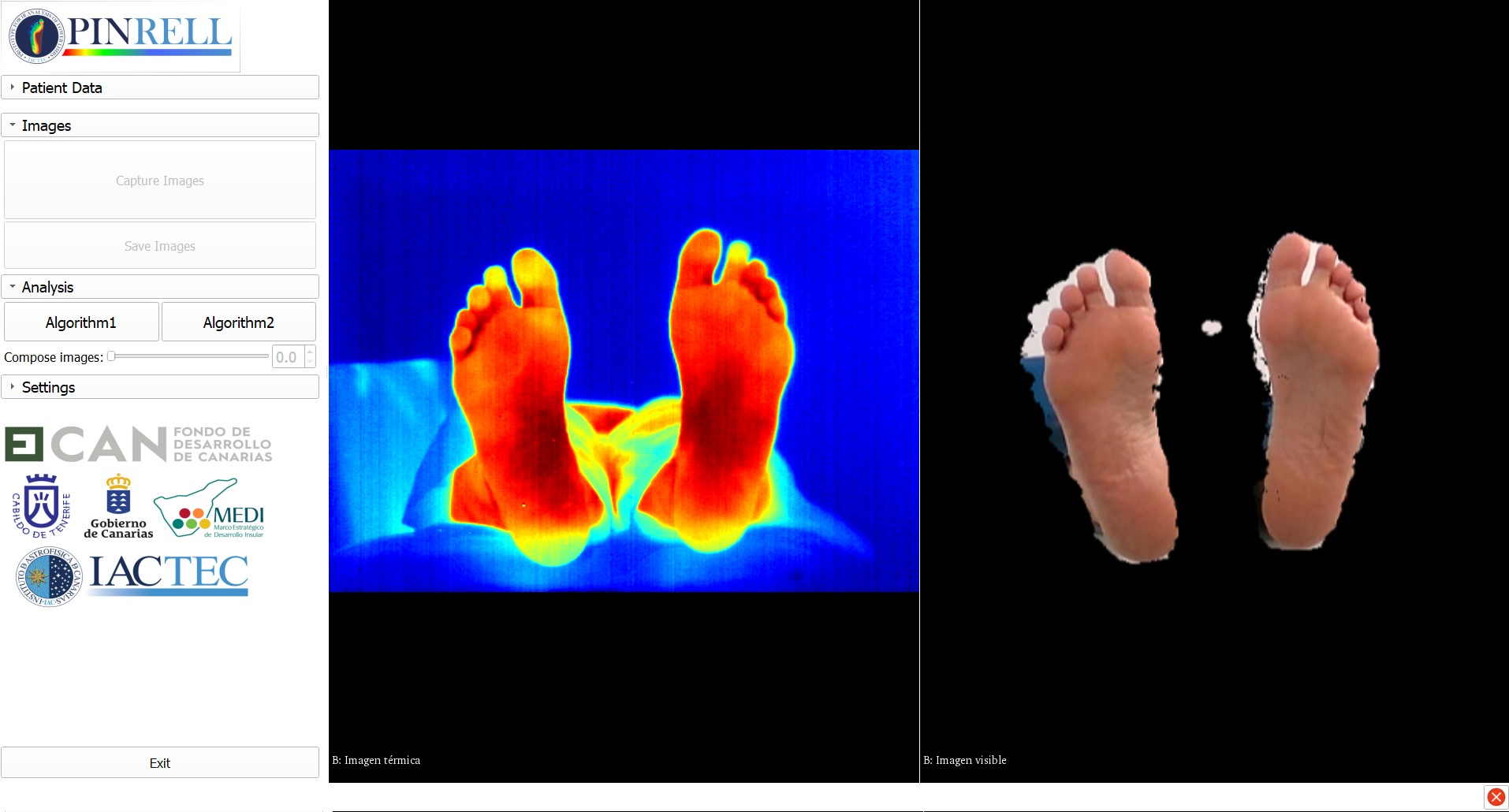
Now, PINRELL can permit the creation of a data base of medical multichannel images (VIS/IR/NIR) which will allow the analysis and follow-up of anomalous patterns of surface temperature which are not perceptible to the human eye. So this is a tool which could mean an advance in the detection of diabetic foot neuropathies, which are especially present in the Canaries, so that the clinical analyses can be carried out before the damage is severe, visible and, on occasions, irreversible.
“For the Medical Technology programme it has been a real challenge to design and build the PINRELL prototype. We are working to start, in the coming months, the clinical trials in collaboration with health service specialists in diabetic foot neuropathies. The combination of PINRELL and the passive system of detection by microwaves, also developed within the TECMED programme, will be a very powerful tool for monitoring and diagnosing pathologies which cause anomalous temperature patterns, both on the skin surface and subcutaneously. These results have been achieved thanks to the support of the Cabildo Insular of Tenerife within the Training Programme TFINNOVA 2016-2021, in the Strategic Framework of Island Development (MEDI) and the Canary Development Fund”, comments Sara González, researcher and manager of the IACTEC-Medical Technology Programme.
